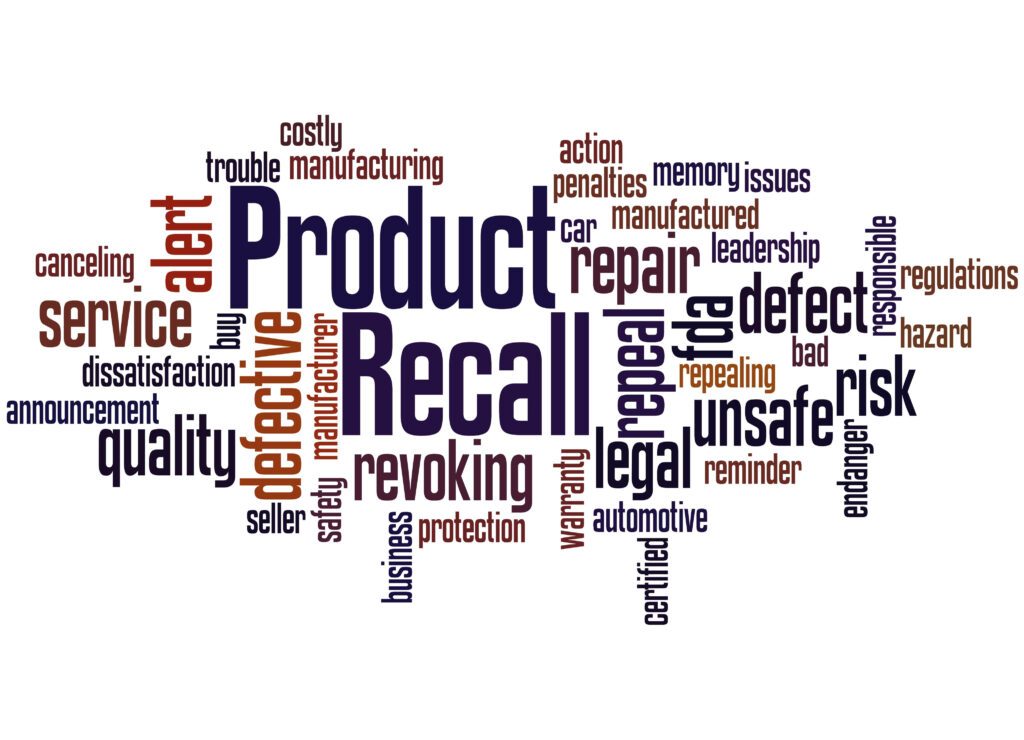
In the first three months of 2019, U.S. manufacturers have already recalled more products than they did in all of 2018, according to an analysis by consulting firm Kearney. The uptick comes after more than a decade of gradual declines.
What is the reason for this increase?
There are a number of factors at play. The FDA has made it easier to report problems with food and medical devices, which have resulted in an increase of reports of possible harm from those products. The FDA also says it has made improvements in its tracking and reporting methods that help give an accurate representation of recalls. Additionally, there have been more products recalled due to concerns about contamination with salmonella and listeria, which can pose serious health risks if people consume them.
What does the FDA plan on doing about it?
The FDA says one way they’re working to address the issue is by continuing their efforts to improve their recall system so that it’s easier for companies who know about a problem with their food or medical device product to report that information as quickly as possible before any harm occurs — especially if there are multiple parts involved (like an entire restaurant chain). They say another focus area involves forming partnerships with other federal agencies such as the Federal Trade Commission (FTC) so they can better collaborate on enforcement efforts against companies who sell unsafe products or make false claims about what they sell — sometimes both!
The FDA received reports of 1,300 product recalls in the first three months of the year, or at least 400 per month, compared with 338 recalls in December 2020. This marks the highest number of recalls in a three-month period in recent history (for an analysis by consulting firm Kearney).
The increase is attributable not only to more products being recalled but also because there are more products on the market than ever before. Products launched after 2018 have been given growing access to consumers; product launches have grown from 2,000 launches per month at that time to nearly 7,000 per month today.
This number is unprecedented for a three-month period in recent history, Kearney said. The uptick comes after more than a decade of gradual declines.
For decades, recalls were a regular part of the American consumer experience. But aside from a few notable spikes over the past 10 years (such as one in 2010 that was largely attributed to tainted toys), the number of products being recalled has declined steadily since about 2004, according to data compiled by Consumer Reports magazine and the Harvard School of Public Health’s Center for Risk Analysis.
“We are still looking at those numbers with some surprise because they are much higher than we would have expected,” Kearney told BuzzFeed News by phone on Tuesday afternoon. “This is not just an indicator that things are getting worse but could also be an indication that regulators are being tougher on companies.”
“It’s a significant amount of work for manufacturers to go back and fix the products that were sold,” said Sethi, who is based in Chicago. “But there are also costs associated with having to recall the product from consumers.”
The surge could require companies to divert manufacturing resources away from new projects to fix recalled products or increase costs for consumers who need to replace them.
For example, it could cost more for the makers of baby food pouches and other baby care items like pacifiers if they had to be recalled because some parents may stop buying them after hearing about problems with those products, he said.
The FDA plans to send warning letters over unsanitary conditions at some facilities that make sterile drugs, according to the agency’s current enforcement priorities for the year. The warnings are part of an effort intended to curb drug shortages and improve quality control in a sector under scrutiny following a spate of manufacturing snafus that have led to shortages of vital medications like epinephrine autoinjectors and saline solutions used during medical procedures.
The FDA has identified a number of companies that it found may have violated federal law by failing to maintain their facilities in accordance with good manufacturing practices (GMPs). The agency has also signaled that it will take action against those who are repeat offenders or otherwise pose serious risks to public health by not complying with GMPs.”
The FDA plans to send warning letters over unsanitary conditions at some facilities that make sterile drugs. The warnings are part of an effort intended to curb drug shortages and improve quality control in a sector under scrutiny following a spate of manufacturing snafus that have led to shortages of vital medications like epinephrine autoinjectors and saline solutions used during medical procedures.
It’s important to note that an effective tool for managing Quality Assurance is Standardized Procurement. It’s easier to manage product quality with less items to review.




© 2024. All Rights Reserved. Website by HigherVisibility